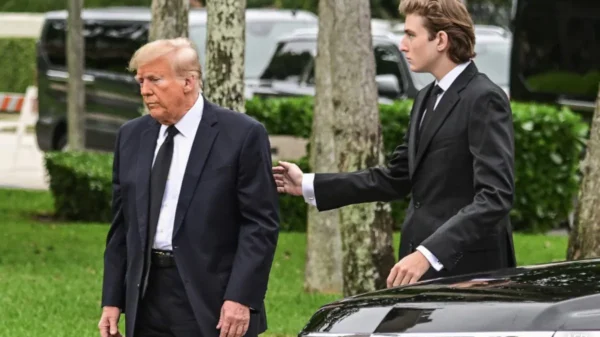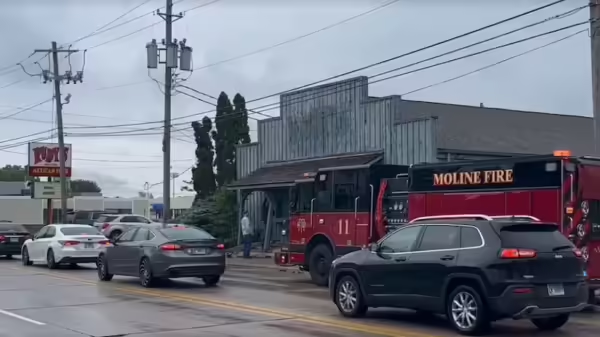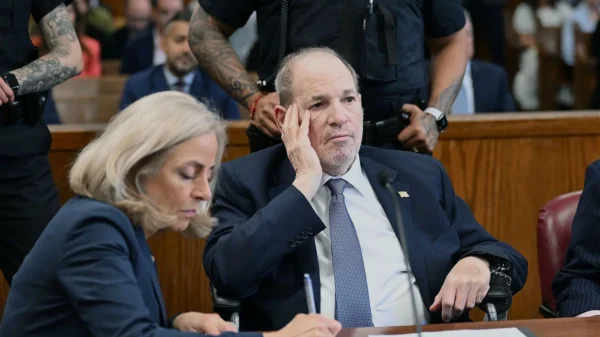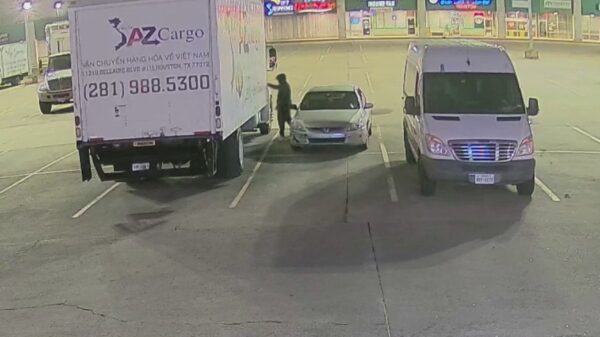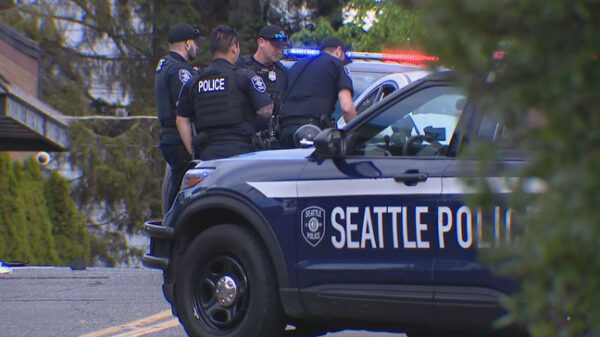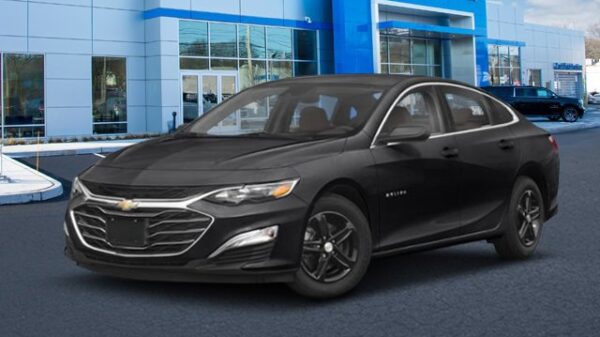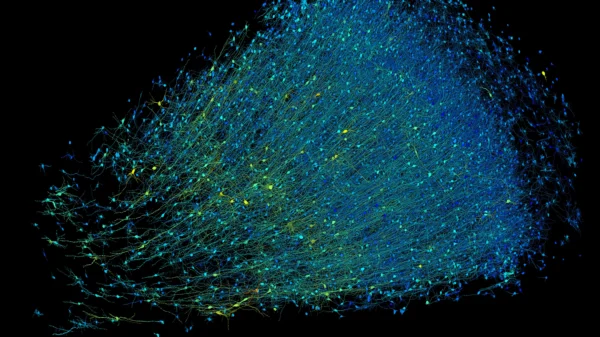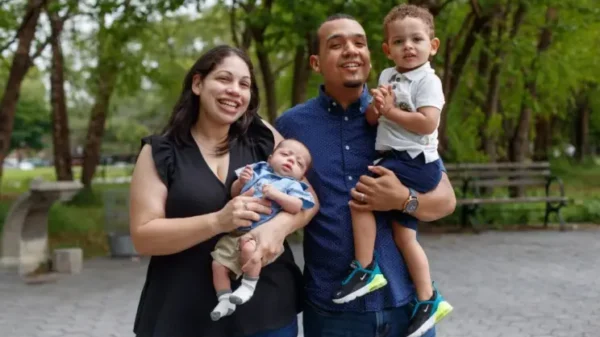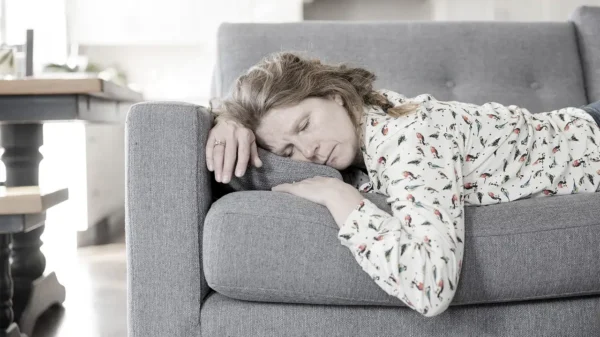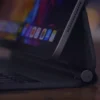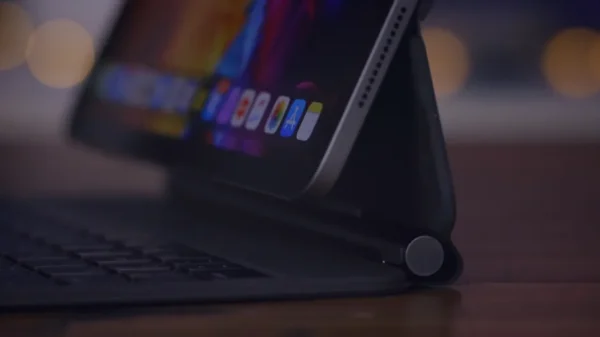The Biden administration has embarked on a major effort to mend communities of color that were fragmented by highway construction in the 1950s and ’60s. These highways often cut through Black neighborhoods, disrupting their cultural and economic centers, and leading to decades of environmental harm. In Buffalo, New York, the Kensington Expressway is a prime example of this legacy. Now, New York State, with support from a new federal program, is planning to reconnect Buffalo’s East Side, but the proposal has sparked considerable debate.
David Richardson, a 69-year-old retired electrician, lives steps from the Kensington Expressway, a six-lane highway that runs through his neighborhood. He wakes up daily to the noise of traffic as thousands of cars pass by his front yard. This highway, built to connect downtown Buffalo with its suburbs, has been a source of noise, air pollution, and a physical barrier for the predominantly Black community, complicating access to grocery stores and parks.
The proposed project, with a price tag of $1 billion, involves converting a portion of the highway into a tunnel and creating green space on top. State officials say this would enhance pedestrian access and spur economic growth, thanks in part to a $55.6 million federal grant. However, Richardson and others are skeptical about the project’s impact on air quality and believe it doesn’t go far enough to address decades of harm. Richardson contends that the only real solution is to remove the highway entirely.
The Biden administration has committed billions to address the racial disparities caused by transportation projects, but these efforts are not without controversy. Critics like Richardson argue that tunneling the highway could worsen air pollution near its exits, where homes and schools are located. The project has led to protests and opposition from some residents who fear that it won’t adequately restore the community.
“NO TOXIC TUNNEL” signs are displayed throughout the East Side, while others view the project as a much-needed step towards revitalization. Sydney Brown, the board chair of the Restore Our Community Coalition, supports the plan, believing it will improve the area’s walkability and attract new businesses.
During a visit to Buffalo last year, Transportation Secretary Pete Buttigieg highlighted the project’s benefits, including improved pedestrian access and reduced pollution. Yet, some transportation experts, like Ben Crowther of America Walks, argue that merely capping highways doesn’t address the root cause of disinvestment and pollution.
The debate extends to other cities where similar projects are underway. Some, like a viaduct removal in Syracuse, have garnered praise for their community benefits, while others, like a planned highway expansion in Austin, have raised concerns about perpetuating the problem. Federal officials, however, argue that there’s no “one-size-fits-all” solution and that projects are selected with community input in mind.
Candace Moppins, a founding member of the East Side Parkways Coalition, opposes the state’s plan in Buffalo, questioning its ability to truly reconnect the community. She laments the loss of the Humboldt Parkway, a beautiful tree-lined boulevard that was destroyed to make way for the highway. Moppins fears that the tunnel’s proposed exits could worsen air quality in an area already plagued by high asthma rates and low life expectancy.
Despite the differing opinions, New York’s transportation commissioner, Marie Therese Dominguez, insists that removing the highway isn’t feasible, given the 75,000 vehicles it accommodates daily. For some residents like Alonzo Thompson, a 74-year-old retired election official, the tunnel represents a compromise, providing new green space without causing gridlock on other roads.
The debate over how to mend communities divided by highways reflects a broader struggle to address historical wrongs while navigating the practical realities of modern transportation needs. While some residents welcome the proposed changes, others remain unconvinced, calling for more radical solutions to truly heal their neighborhoods.

